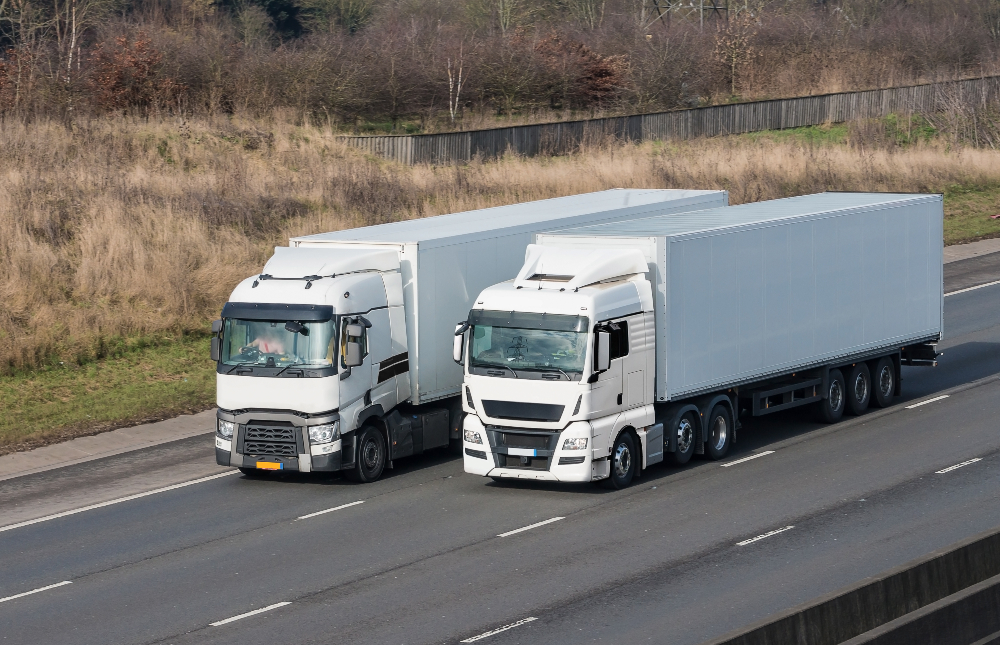Most buses and heavy-duty trucks rely on diesel engines that emit dangerous levels of particulates, nitrogen oxides, and other pollutants that cause chronic disease and premature death. Rising demand for freight transport means heavy vehicles contribute an increasing share of carbon emissions. Decarbonizing transportation will require cleaner engines and fuels, technological advances, and electrifying 29% to 81% of the global heavy-duty fleet by 2050. ICCT research identifies and promotes cost-effective technology and policy options for a cleaner freight sector.
About the program
China has been the world’s largest vehicle market since 2009 and is currently responsible for more than 10% of the world’s transport-related CO2 emissions. Although heavy-duty vehicles (HDVs) make up only 5% of the total vehicle sales in China, the segment is responsible for nearly 50% of the on-road transport fuel used; this is because HDVs consume more fuel per kilometer and travel longer distances. Among HDVs, longhaul rigid trucks and tractor-trailers are the biggest source of China’s total vehicle fuel consumption and greenhouse gas (GHG) emissions.
The commercial vehicle manufacturing industry boomed in China in recent decades, and this was especially pronounced in the heavy truck segments. China has also become the largest heavy-duty vehicle (HDV) market in the world and has produced about 1 million vehicles per year since 2010.

At the same time, in an effort to increase the international competitiveness of domestic HDV manufacturers and reduce the carbon dioxide emissions from its growing fleet, the Chinese government has made substantial efforts to improve the fuel efficiency of the HDV sector. Examples include the fuel consumption standards for HDVs in three separate stages, each with increasing stringency.



